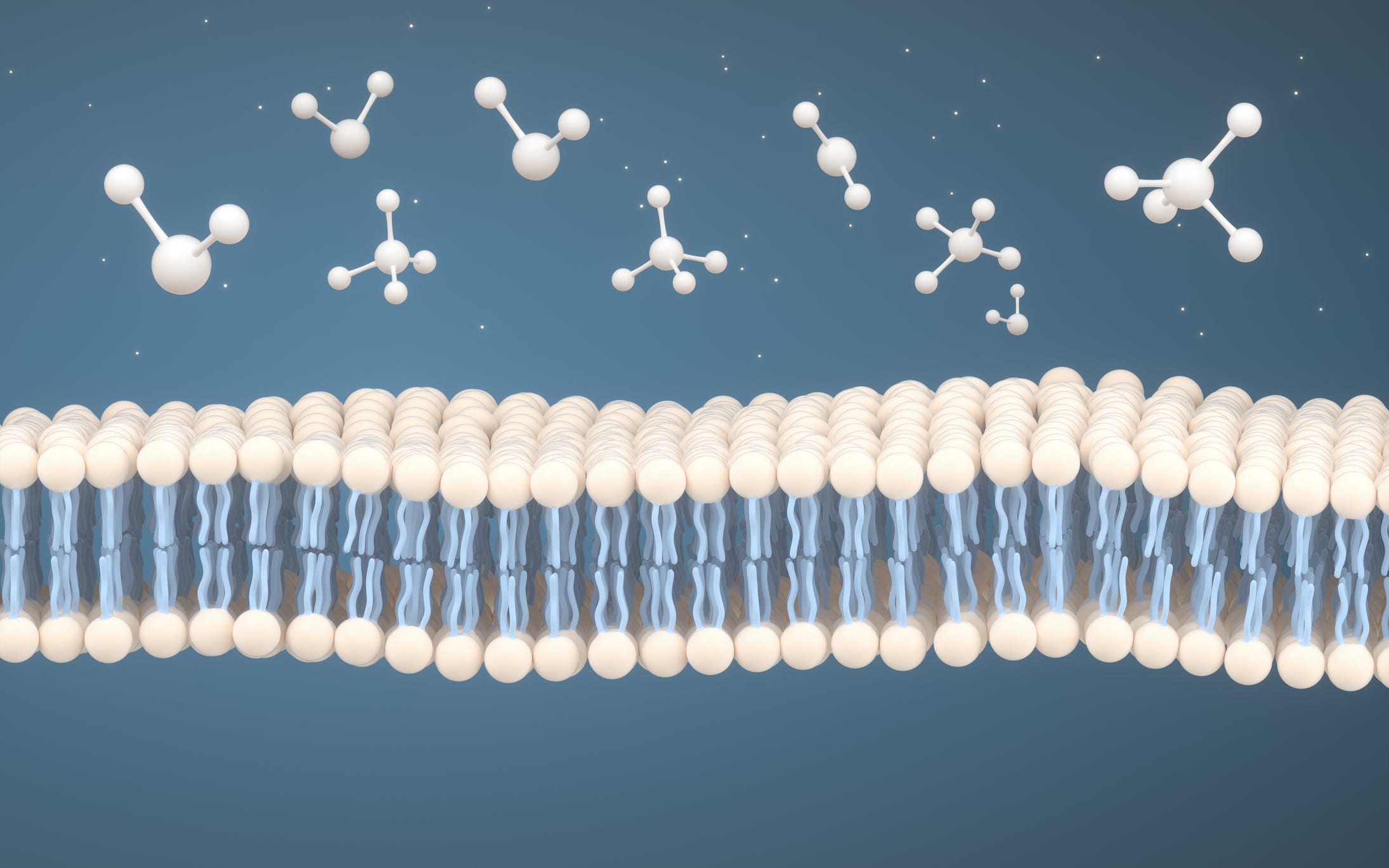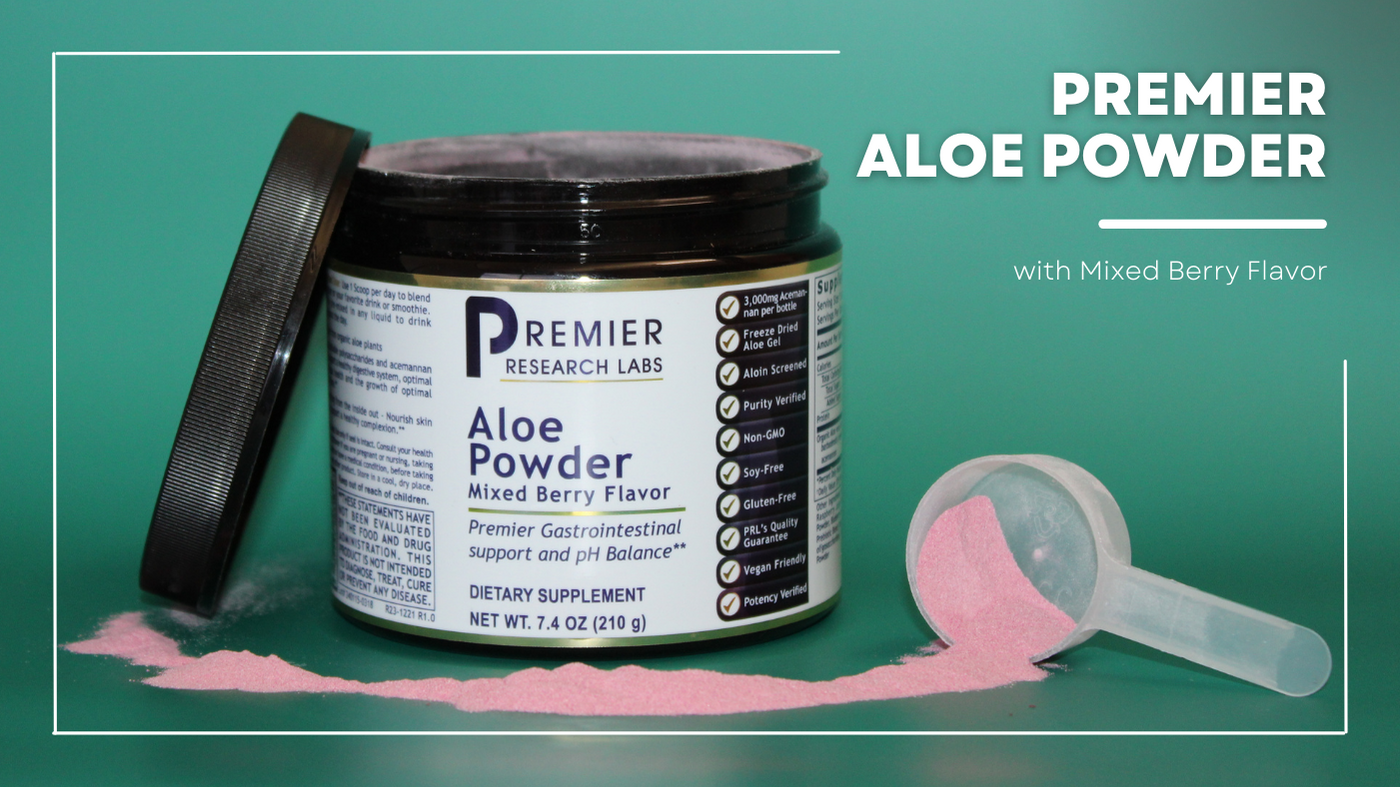
Omega-3 Fatty Acids – Unleash Optimal Energy Metabolism and Tame Inflammation’s Flame
The connection between cell membrane health and overall health cannot be overstated. As wellness practitioners, moreover as QRA practitioners, we know that good health starts at the cellular level. The health of our cells, including the integrity of their membranes, is critical to supporting optimal function throughout the body.
When cell membranes are healthy and functioning optimally, our cells are better able to perform their many complex tasks, such as producing energy, synthesizing proteins, and carrying out the countless other biochemical reactions that keep us alive and thriving. Omega-3 fatty acids, specifically eicosapentaenoic acid (EPA) and docosahexaenoic acid (DHA), are polyunsaturated fatty acids (PUFAs) that can play a key role in supporting healthy cell membranes and optimal cellular metabolism. They have been shown to have a range of health benefits, including reducing inflammation, improving brain function, boosting fetal brain development, and reducing the risk of heart disease.
For those wellness practitioners who are unfamiliar with Quantum Reflex Analysis (QRA), it is a holistic health assessment method that utilizes the principles of energy medicine to identify imbalances in the body. In the context of cell membrane health, QRA practitioners believe that a healthy cell membrane is crucial for maintaining overall bodily balance and optimal cellular function.
Cell Membranes, the “Pacemakers of Metabolism”
Zoologist and cellular biologist, A. J. Hulbert's proposed the concept of cell membranes as “potential pacemakers of metabolism” and that the fluidity of cell membranes (i.e. the degree of poly-unsaturation of cell membranes) may play a critical role in regulating metabolic processes. When cell membranes become too stiff or inflexible, this can impair the function of membrane-bound enzymes involved in metabolism, leading to metabolic dysfunction.
The overwhelming impression from relevant studies is that cell membranes that have a high PUFA composition have the ability to increase activity of major membrane-bound enzymes, hence the “pacemaker effect”. As QRA practitioners, this concept of cell membranes as “pacemakers of metabolism” resonates as supporting cell membrane health is considered the foundation of optimal health and wellness. The idea is that the health and function of cell membranes play a critical role in regulating and enhancing metabolic processes, including the breakdown and synthesis of nutrients, as well as energy production.
Cell Membrane Health is Under Attack
As natural health practitioners, we know that addressing the root causes of health problems is essential for optimal patient outcomes. Unfortunately, many factors can impact the health of our cell membranes, including poor diet, exposure to toxins and stressors, and genetic factors. The consequences of poor cell membrane health can be significant and can lead to an array of health problems, including cognitive decline, cardiovascular disease, and inflammation.
Research has shown that when the cell membrane is compromised, it may also lead to disrupted metabolism and affect the overall health and function of the body. This is because the cell membrane acts as the gatekeeper, controlling what enters and exits the cell. Things always go wrong when you don’t go with the flow; cell waste cannot be released effectively, nor can optimal nutrients enter for cell metabolism.
When the membrane is unhealthy, it can result in oxidative stress and chronic inflammation, leading to a range of health issues. Chronic inflammation and cellular dysfunction can lead to a range of health problems, including impaired immune function, increased susceptibility to chronic diseases such as diabetes and heart disease, and neurological disorders such as Alzheimer's disease. Research has shown that omega-3 fatty acids, particularly EPA and DHA, can improve these conditions by enhancing cell membrane function and reducing inflammation.
Deficient Diets are a Dead End
Unfortunately, many people are not getting enough EPA and DHA in their diets. The American Heart Association recommends that adults consume at least two servings of fatty fish per week to get enough EPA and DHA. However, research has found that only a small percentage of Americans actually meet this recommendation. In fact, a study found that only 10% of the US population consumes the recommended amount of EPA and DHA.
One key dietary factor that can either promote or hinder cell membrane health is the ratio of inflammation-reducing omega-3 to pro-inflammatory omega-6 fatty acids in our diets. While both omega-3 and omega-6 fatty acids are important for overall health, many people consume too much omega-6 and not enough omega-3, leading to chronic inflammation and cellular dysfunction.
Furthermore, because the conversion of plant-based ALA omega-3 sources (ex. flax and chia seeds), to EPA and DHA is so inefficient, someone eating a diet high in omega-3 fatty acids, may not be getting enough of the specific forms that are most beneficial for cell membrane health. The loss of alpha-desaturase enzyme production throughout evolution results in low conversion rates from ALA sources. Supplementation with EPA and DHA may be necessary to support optimal cellular function and overall health. QRA practitioners can recommend high-quality EPA and DHA supplements to support their patients' cell membrane health and overall well-being.
Cell Membranes – No Reason to Be So Uptight
In the context of A.J. Hulbert's “membrane pacemaker theory” where cell membrane fluidity or stiffness can impact cell function and metabolism, QRA practitioners look to the nourishment and integration of omega-3 fatty acids into cell membranes as an important and effective way to potentially influence the rate of metabolism; specifically, by altering the fluidity and permeability of the membrane. This, in turn, not only improves the omega 3 to omega-6 ratio but could directly affect the activity of membrane-bound enzymes involved in metabolism.
By increasing intake of DHA/EPA, the composition of the cell membranes would become more pliable, fluid, and dynamic, enhancing cell-to-cell communication and more! For example, it has been proposed that DHA works to boost or maximize electron transport in the mitochondria, leading to increased energy output. Other ways in which cell metabolism and function could be enhanced include:
- Increased efficiency of enzymatic reactions: Membrane-bound enzymes are enzymes that are embedded within the cell membrane and are involved in various metabolic processes, such as the breakdown of nutrients and the production of energy. These enzymes catalyze reactions that take place at the membrane interface and are therefore sensitive to changes in the composition and properties of the membrane. Changes in cell membrane composition could alter the activity and efficiency of membrane-bound enzymes involved in metabolic processes, leading to increased efficiency of enzymatic reactions, and improved cellular metabolism.
- Improved transport of nutrients: Alterations in the permeability of the cell membrane could improve the transport of nutrients across the membrane, leading to improved cellular metabolism and function.
- Reduced inflammation: Certain fatty acids, such as omega-3 fatty acids, have been shown to have anti-inflammatory properties. Incorporating these fatty acids into the cell membrane could reduce inflammation at the cellular level, leading to improved cellular metabolism and function.
- Improved brain function: The brain is particularly rich in omega-3 fatty acids, which are important components of the cell membranes in brain cells. Incorporating omega-3 fatty acids into brain cell membranes has been shown to improve brain function and cognitive performance.
In terms of human health benefits, changes in the composition and properties of cell membranes could potentially lead to improvements in a wide range of physiological processes. For example, incorporating omega-3 fatty acids into cell membranes has been linked to a reduced risk of heart disease, improved cognitive function, and reduced inflammation in the body. Overall, maintaining a healthy and dynamic cell membrane is important for supporting optimal cellular metabolism and function, which can have far-reaching benefits for human health.
The Dynamics of Fluid Mosaic Theory
The Fluid Mosaic Theory, proposed by Singer and Nicolson in 1972, is considered the basis of our modern understanding of cell membrane structure and function. In short, this theory describes the cell membrane as a dynamic and fluid layer of lipids, proteins, and carbohydrates with each molecule able to move freely within the membrane structure. This fluidity is dependent on the fatty acid composition of the cell’s membrane and is essential for maintaining the proper function of membrane-bound enzymes, which are involved in many cellular processes, including metabolism.
This widely accepted theory regarding cellular membranes emphasizes the importance of maintaining the proper balance and fluidity of the cell membrane in order to support optimal cellular function. The ratio of fatty acids (which provide fluidity) to cholesterol (which provide rigidity) is also an important factor in cell membrane fluidity that also affects cell membrane fluidity. Specifically, the Fluid Mosaic Theory highlights the critical role of omega-3 fatty acids, such as EPA and DHA, in maintaining the fluidity and integrity of the cell membrane. According to Hulbert, the presence of large amounts of polyunsaturated fatty acids (PUFAs) in cell membranes creates “a dynamic state that allows considerable intermolecular motion but still maintain a high degree of local order within the hydrophobic region of the bilayer.”
The specific health benefits of essential fatty acids, particularly DHA and EPA, are thought to be related to their incorporation into cell membranes. Diets with a high PUFA content have been found to increase the BMR in humans. By altering the composition and properties of cell membranes, these fatty acids can influence cellular metabolism and function in ways that support optimal health. For example, by improving the fluidity and permeability of cell membranes, DHA and EPA can improve the transport of nutrients and waste products across the membrane, leading to improved cellular metabolism and function. Additionally, by reducing inflammation at the cellular level, these fatty acids can support overall health and wellbeing.
Relevant Research Findings
The research on the health benefits of omega-3 fatty acids, particularly EPA and DHA, is extensive and compelling. EPA and DHA are critical components of the cell membrane, playing a key role in regulating cell signaling and gene expression. Research has also found that EPA and DHA can help reduce the risk of heart disease and stroke, which are leading causes of death worldwide. They have been shown to have numerous health benefits, including supporting fetal development, cognitive and hormonal health, cardiovascular health, and reducing inflammation.
DHA (docosahexaenoic acid) and EPA (eicosapentaenoic acid) are two types of omega-3 fatty acids that are found in fatty fish and other seafood. These fatty acids are important components of cell membranes and incorporating them into cell membranes can have several health benefits.
- Fetal development: DHA is particularly important for fetal development, as it is a key component of the developing brain and eyes. Adequate intake of DHA during pregnancy has been associated with improved cognitive and visual development in infants.
- Cognitive and hormonal health: DHA and EPA have both been linked to improved cognitive function and mood. These fatty acids have been shown to improve memory, attention, and processing speed, and may also have beneficial effects on mood and behavior.
- Cardiovascular health: DHA and EPA are well-known for their cardioprotective effects. They have been shown to reduce triglycerides, lower blood pressure, and reduce the risk of heart disease and stroke.
- Inflammation: Both DHA and EPA have inflammation-modulation properties, which can be beneficial for a wide range of health conditions, including arthritis, asthma, and inflammatory bowel disease.
To summarize, the health benefits of DHA and EPA are thought to be related to their incorporation into cell membranes, where they can influence cellular metabolism and function in ways that support optimal health, including fetal development, cognitive and hormonal health, cardiovascular health, and reduced inflammation. For example, studies have found that EPA and DHA can improve cognitive function and reduce the risk of cognitive decline. Additionally, EPA and DHA have been shown to reduce the risk of heart disease by lowering triglycerides, blood pressure, and inflammation.
In Food, but Far Between
Omega-3 fatty acids, particularly EPA and DHA, can be found in a variety of dietary sources. Fatty fish, such as salmon, tuna, and sardines, are excellent sources of EPA and DHA. Other seafood, such as shrimp and oysters, also contain small amounts of these essential fatty acids. Despite the body’s inherent inefficiency of converting alpha-lipoic acid (ALA) from plant foods like walnuts and flaxseed to DHA and EPA, plant-based sources of EPA and DHA are available in the form of algae-based supplements, which are a great option for those following a vegetarian or vegan diet.
Natural health practitioners, including those who practice QRA, can help their clients incorporate more EPA and DHA into their diets and supplement regimens. One effective strategy is to encourage clients to consume more fatty fish and seafood. However, research indicates that supplementation with EPA and DHA increased the degree of unsaturation of fatty acids in cell membranes in healthy adults. This suggests that omega-3 fatty acids may have a role in regulating metabolism through their effects on cell membrane composition.
The most frequently researched and most used form of omega-3 supplements is from fish oil. It is important to remind clients that these nutrients require fat for absorption and taking them after meals will also reduce stomach upset commonly associated with taking dietary fish oil supplements. To get clinically effective results, choose EPA and DHA supplements made from Premier quality fish oils ingredients that have been exhaustively tested for purity, identity, and potency, free from harmful contaminants or additives. Unlike many fish oil supplements currently available, PRL’s EPA/DHA supplements do not use unsustainable krill but rather nutrient dense anchovies, sardines, and mackerel pressed for their abundant omega-3 fats without the use of heat, solvents, or preservatives.
Optimize and Customize EFA Intake Using QRA
Quantum Reflex Analysis (QRA) practitioners understand that maintaining cell membrane fluidity is fundamental to optimal health and wellness. From a QRA perspective, imbalances in cell membrane health can lead to disruptions in the body's energy flow, resulting in a variety of health issues. For example, a lack of omega-3 fatty acids, such as EPA and DHA, in the diet can lead to decreased fluidity of the cell membrane, impairing enzyme function and contributing to inflammation and other health problems.
By using QRA techniques, practitioners can assess the health of the cell membrane and identify potential imbalances and address stressors that may be contributing to poor health outcomes. QRA practitioners can use muscle testing to assess the body’s response to specific substances and determine which ones may be contributing to cellular stress and inflammation. QRA practitioners can also use muscle testing to determine the most effective EPA and DHA supplement regimen for their clients. This may include recommendations for dosage, timing, and brand of supplement. It is important to note that the quality of the supplement is critical, and practitioners should ensure that they are recommending pristine, premier quality ingredients.
Seize Each Day with EPA and DHA
By now, you should have no doubt that cell membrane health is a crucial aspect of overall health and wellness. Both the Fluid Mosaic theory of the cell membrane, as well as A.J. Hulbert's work on the potential pacemaker role of membranes, underscore the significance of membrane health for overall health and wellbeing. Research on omega-fatty acids, specifically EPA and DHA, has demonstrated their importance in supporting optimal cellular metabolism and function, as well as numerous health benefits, including supporting fetal development, cognitive and hormonal health, cardiovascular health, and inflammation modulation.
Given that one of QRA’s foundational strategies to maintaining health is by maintaining cell membrane fluidity, it is essential for QRA practitioners to educate their clients on the importance of cell membrane health and the role of EPA and DHA in supporting it. Recommending dietary sources of omega-3 fatty acids, particularly EPA and DHA such as fatty fish and algae-based supplements and discussing the benefits and drawbacks of different types of omega-3 supplements can help clients incorporate more of these important nutrients into their diets.
By prioritizing cell membrane health and incorporating EPA and DHA into our clients' diets and supplement regimens, we can promote optimal cellular metabolism and function, support cognitive and hormonal health, improve cardiovascular health, and reduce inflammation. Let us take action today to help our clients achieve optimal health and wellbeing!
References
- Valentine, RC and Valentine DL. 2004. Omega-3 fatty acids in cellular membranes: a unified concept. Progress in Lipid Research. 43; 383-402.
- Hulbert, A.J. and Else P.L. 1999. “Membranes as Possible Pacemakers of Metabolism”. Journal of Theoretical Biology. 199, 257-274. Available at: http://www.idealibrary.com.
- Daniells, Stephen. November 8, 2010. ALA Intakes Enough for EPA-DHA Levels for Non-fish-eaters? https://www.nutraingredients-usa.com/Article/2010/11/08/Omega-3-ALA-intakes-enough-for-EPA-DPA-levels-for-non-fish-eaters#
FAQ
Q: What are EPA and DHA?
A: EPA and DHA are two types of omega-3 fatty acids that are found in fatty fish and other seafood.
Q: What health benefits are associated with consuming EPA and DHA?
A: EPA and DHA have been shown to have numerous health benefits, including supporting fetal development, cognitive and hormonal health, cardiovascular health, and reducing inflammation.
Q: What is the Fluid Mosaic Theory?
A: The Fluid Mosaic Theory is a widely accepted theory regarding cellular membranes which emphasizes the importance of maintaining the proper balance and fluidity of the cell membrane in order to support optimal cellular function.
Q: How can QRA practitioners help clients incorporate more EPA and DHA into their clients diets?
A: QRA practitioners can help clients incorporate more EPA and DHA into their diets by recommending dietary sources of omega-3 fatty acids, such as fatty fish and algae-based supplements, and discussing the benefits and drawbacks of different types of omega-3 supplements.









